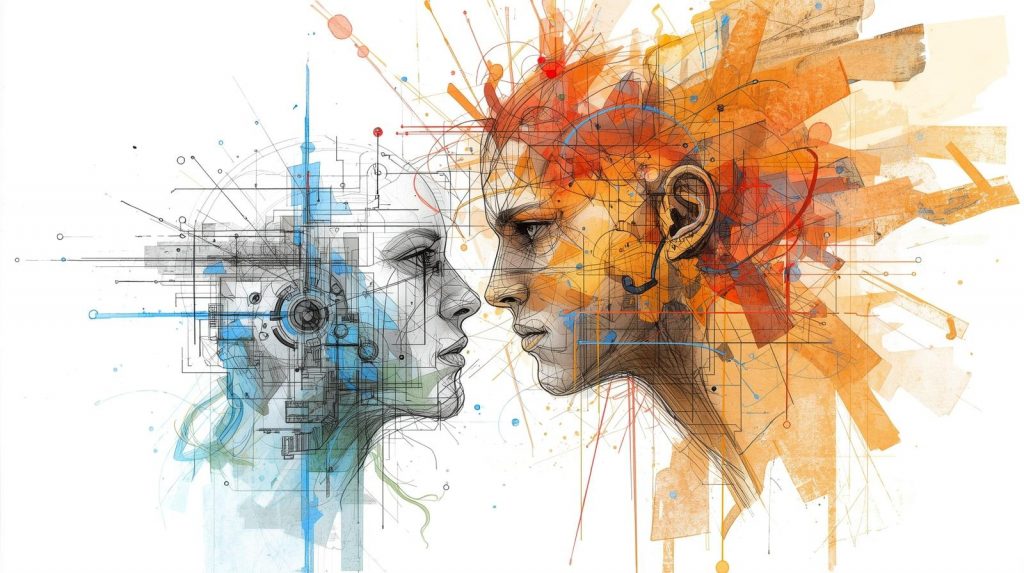
Finding Harmony in a Digital World
In today’s fast-paced digital age, technology has become an inseparable part of daily life. From smartphones to social media, video calls to artificial intelligence, the tools designed to connect people can sometimes create distance instead. The challenge lies in finding balance—leveraging the benefits of technology while preserving the depth of human connection.
The Double-Edged Sword of Technology
Technology has revolutionized communication. It allows instant access to loved ones across the globe, provides platforms for collaboration, and enables communities to thrive online. Yet, overreliance on screens can lead to isolation, shallow interactions, and a decline in face-to-face communication skills.
For example, a family may sit together at dinner, but each member is absorbed in their phone. While they are physically present, the emotional connection is missing. This illustrates how technology, when unchecked, can erode meaningful relationships.
Real-Life Examples of Balance
- Workplace Collaboration
Remote work tools like video conferencing and project management apps have made global teamwork possible. However, companies that thrive are those that also prioritize in-person retreats or team-building activities. For instance, a tech startup in San Francisco schedules quarterly offsite gatherings to strengthen bonds beyond the screen. - Family Life
Many parents use messaging apps to stay in touch with their children throughout the day. But families who set aside “tech-free hours” during meals or weekends often report stronger relationships. A family in New York, for example, introduced a “no phones at the table” rule, which led to more meaningful conversations and shared laughter. - Friendships
Social media helps friends stay updated on each other’s lives, but it cannot replace the warmth of face-to-face interaction. A group of college friends in London decided to meet monthly for coffee, despite their busy schedules. They found that these in-person meetups deepened their bond far more than online chats ever could. - Healthcare
Telemedicine has made healthcare more accessible, especially during the pandemic. Yet, doctors who balance virtual consultations with occasional in-person visits often build stronger trust with patients. A clinic in Toronto combines digital check-ins with annual physical appointments to maintain both convenience and personal care.
Strategies for Balancing Technology and Human Connection
- Set Boundaries: Establish tech-free zones or times, such as during meals or before bedtime.
- Prioritize Face-to-Face Interaction: Whenever possible, choose in-person meetings over digital ones.
- Use Technology Intentionally: Instead of mindless scrolling, use apps and tools that genuinely enhance relationships.
- Practice Active Listening: Whether online or offline, give full attention to the person speaking.
- Schedule Digital Detoxes: Take regular breaks from screens to reconnect with people and the environment.
The Path Forward
Technology is not the enemy—it is a powerful tool. The key lies in using it mindfully, ensuring it enhances rather than replaces human connection. By setting boundaries, prioritizing real-world interactions, and using digital tools with intention, individuals and communities can enjoy the best of both worlds.
Balancing technology and human connection is not about choosing one over the other. It is about weaving them together in a way that enriches life, strengthens relationships, and nurtures a sense of belonging in an increasingly digital world.
Leave a Reply